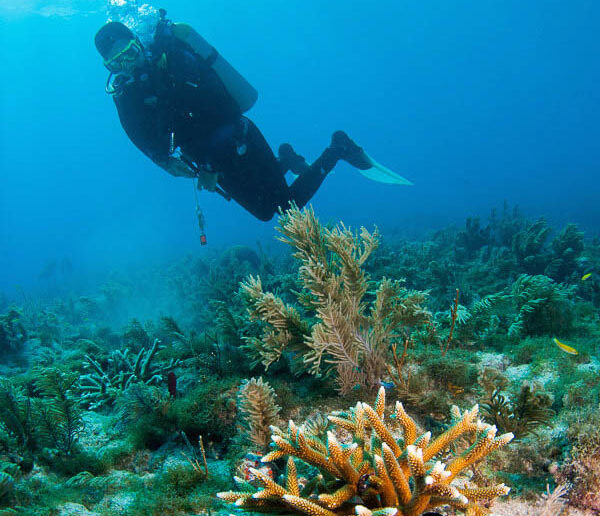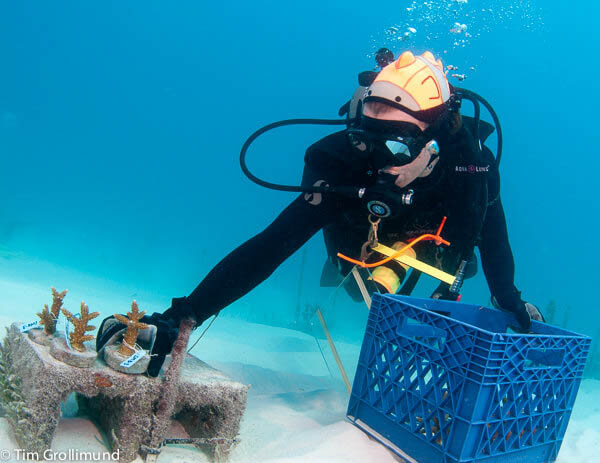Good news, bad news. I have both. Bad news first. Our coral reefs are in trouble.
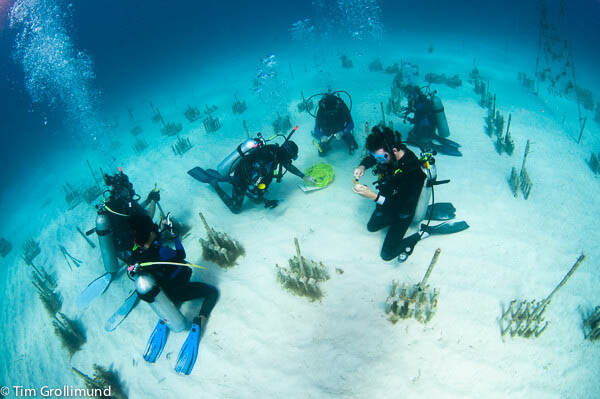
Staghorn (Acropora cerviconis) and elkhorn (A. palmata) corals are listed as Threatened, just one notch below Endangered. Threatened status is terrible, but Endangered status may threaten all of our livelihoods. See this for yourself on the U.S. Fish and Wildlife web site at www.fws.gov. Under the Endangered Species entry on the left side of the screen under Programs/Resources, click and select Florida from the state list. You will see the corals right there on the same list with turtles and whales and our famous Key Largo woodrat. If you think there are lots of government restrictions now, just wait until the level elevates that final tick from T to E.
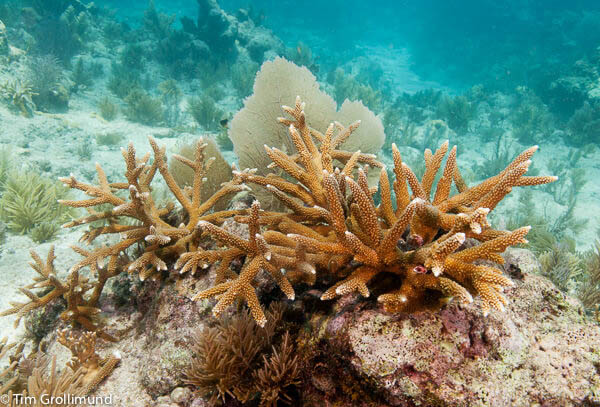
In earlier columns we’ve talked about the state of the reef, preserving a unique site like Snapper Ledge, and ocean acidification and its potential future impacts on our reef. All the more reason to take the time to ponder the point of our coral situation. There is no other neighborhood in the country like ours. None. All of us who make a living from the ocean, or cater to our visitors, have a way of life I personally would not trade for any other location in this country.
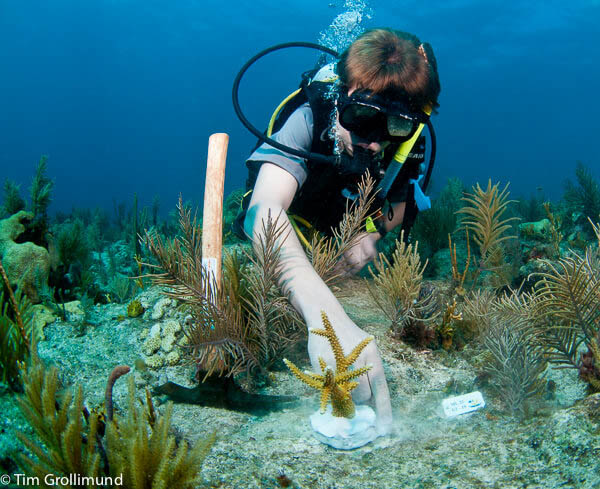
Here is the good news: the Coral Restoration Foundation (see www.coralrestoration.org and www.adoptacoral.org). This is the single most important effort I believe we can undertake to help preserve and protect our way of life. There is no chicken-and-egg question here as far as ecological priorities are concerned. Without the reef we are all screwed. It IS our livelihood. If you live the the Keys, you are dependent on the coral reef. No question about it.
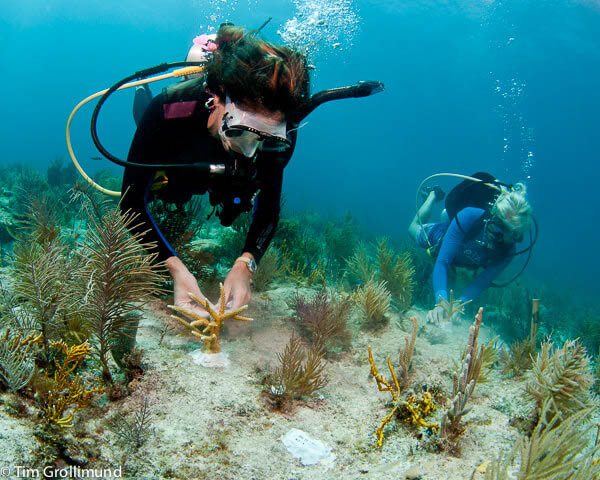
CRF has big plans, and also nurseries full of coral to fill the bill. Ken Nedimyer, the staff and volunteers of CRF made that clear to all in attendance in late August at a presentation held at the Murray E. Nelson Government Center through a grant from National Geographic’s Education division. They have the coral ready to go, and are cultivating more. What they need is an all-hands-in-the-water effort to help maintain the nurseries and to plant the corals.
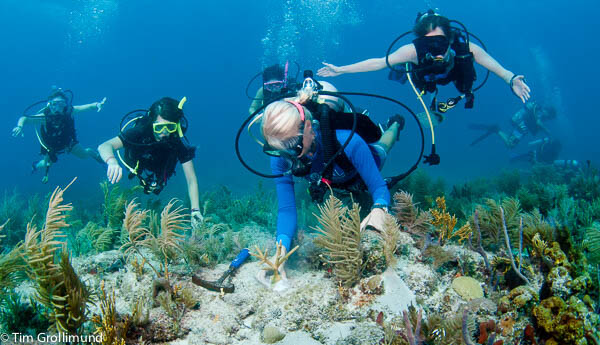
Ken gave us the history of reef degradation in the Keys, a progress report and his vision for the future. This is a small team, with only three employees, a dependable core of volunteers, and lots of corals waiting patiently to be moved to their permanent home on the reef.
If you are a diver, or have visitors coming here that are divers, I ask you to consider planting coral. And then I’m going to ask you to come back in a few months to see how your planting has fared, and plant another one!
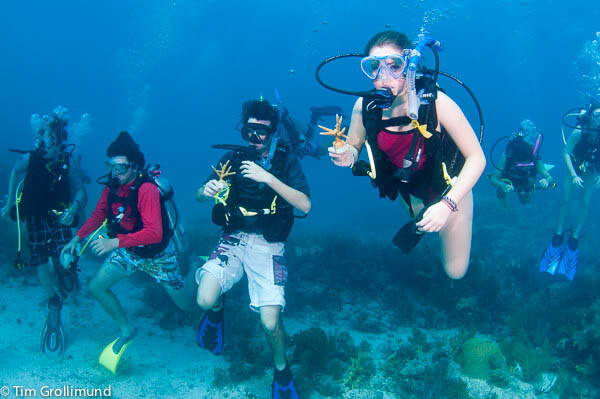
Specifically, here is what needs to be done:
– Transplant 1,000+ staghorn corals to 22 named reefs in the Upper Keys (22,000+ corals)
– Transplant 300 staghorn corals to dozens of unnamed reefs in the Upper Keys (10,000+)
– Transplant 100 elkhorn corals to 22 named reefs in the Upper Keys (2,200+ corals)
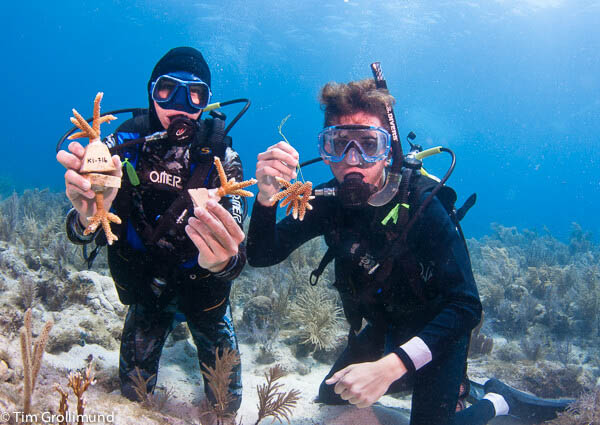
I’m a numbers guy (a recovering banker), so let’s look at it this way. CRF has over 34,000 corals that need to be planted. On an average day with a group of volunteers they can harvest the yearlings from the nursery and plant 50 corals (and that’s an optimistic number based on my observations). That’s about 700 planting sessions. And that does not include all the nursery maintenance and restoration at existing sites that takes at least the same amount of time. So for grins let’s call it 1,500 dive days. Three staff people and groups of volunteers. If they dove every day for four years, they still would not be done. Get the picture? There’s plenty of work to be done.
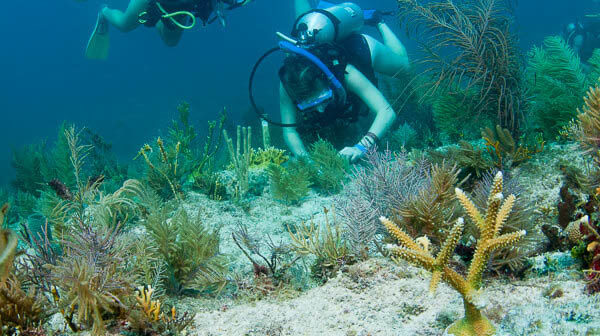
If you need any convincing at all, one dive on the Wellwood site will make the indelible impression you need to begin taking action.
CRF has a lot in the works for developing community involvement. They are asking dive operators to advertise and run coral nursery, restoration and maintenance trips. Other ways dive shops can help are to offer a PADI Distinctive Specialty Certification in coral restoration, sponsor reef restoration sites and encourage and train divers in reef etiquette.
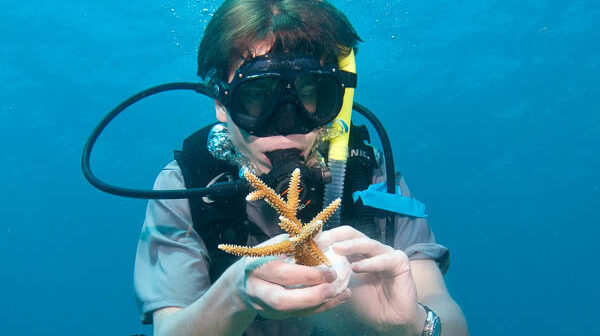
For business partners CRF asks you to participate in coral reef education through displaying brochures, playing their looped video in your establishment, and having website links to CRF. Business owners can also promote CRF by sponsoring restoration sites and encouraging donations.
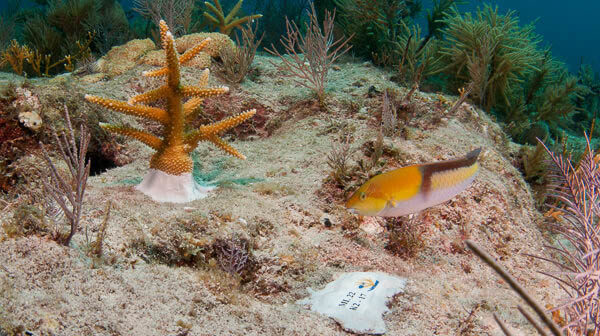
Again, as in the case of the development of the mooring buoy system, we have a leading edge in the development of practices that have an astronomical effect on the health of the reef system. And CRF’s proven techniques are easily exportable to other reef-dependent cultures around the world. The critical aspect right now is to demonstrate to the world that our community can band together to accomplish something on an extraordinary scale. And then help others do the same.
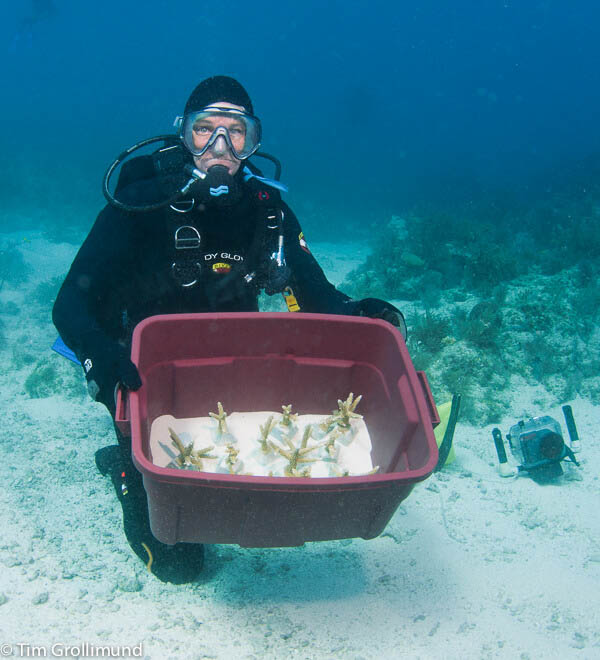
As a community we need to take action to protect our way of life. The more I learn through talking to folks who have lived here since the 60s and 70s, the more I realize we have a monumental task ahead of us. The coral reef system is our sustenance. It’s our life blood. It’s the core of our culture. We could have just as easily been called “The Reef Republic” – that’s what we truly are. Without the reef, we have no conch.
